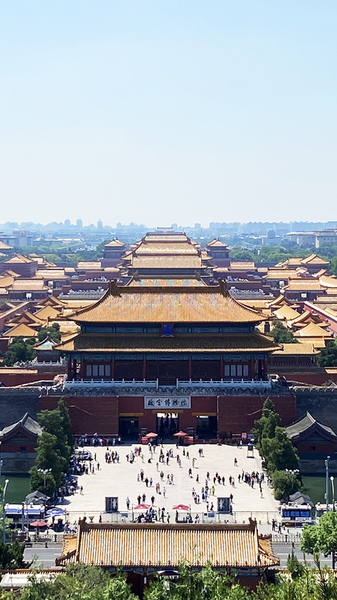Nestled on the southeast coast of Fujian Province, Quanzhou stands as a testament to millennia of cultural heritage and maritime prowess. This ancient city has been a crucial hub in the ebb and flow of global trade, particularly during the rise of the Maritime Silk Road.
Tracing back to the Han Dynasty (202 BC-220 AD), the Silk Road was more than just a single route stretching from Xi'an to Rome. After the Tang Dynasty (618-907) experienced a decline, the main economic centers began to shift southward and eastward. This shift led to the flourishing of port trade along China’s southeastern coast, and among these ports, Quanzhou emerged as a pivotal player.
Quanzhou’s strategic location made it an ideal gateway for merchants and sailors navigating the vast seas. The city became a melting pot of cultures, where traders from different parts of the world would converge, exchange goods, ideas, and traditions. This vibrant exchange not only boosted the local economy but also enriched Quanzhou’s cultural landscape, making it a beacon of diversity and innovation.
Today, Quanzhou continues to honor its rich past while embracing modern advancements. Its historical sites, such as the Kaiyuan Temple and the Qingzhou Assembly Hall, attract visitors from around the globe, eager to delve into the stories of a city that once connected continents. As we celebrate Quanzhou’s enduring legacy, it remains a symbol of how ancient trade routes have shaped our interconnected world.
Reference(s):
Quanzhou: An ancient hub of cultural heritage and Maritime Silk Road
cgtn.com




